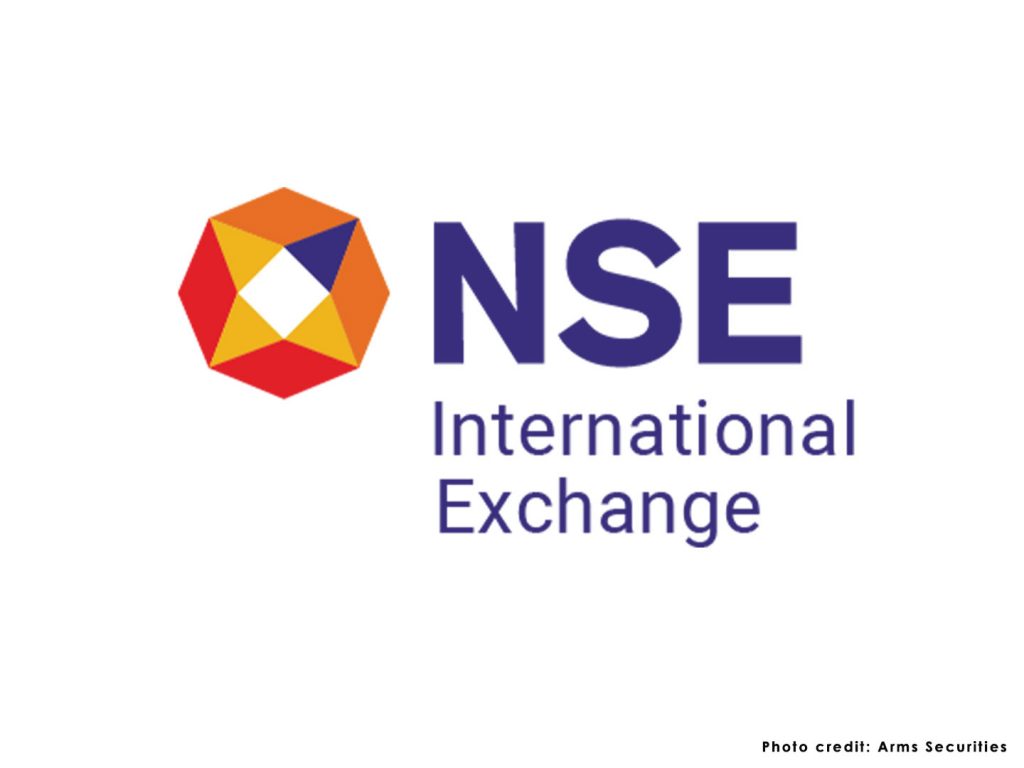The stock market can be a complex and intimidating place, especially for beginners. There are many terms and concepts that can be confusing, making it difficult to understand how things work. This blog post aims to demystify some of the most basic stock market terms, so you can feel more confident navigating the investment world. 1. P/E Ratio (Price-to-Earnings Ratio) The P/E ratio is a metric used to compare a company's stock price to its earnings per share (EPS). It essentially tells you how much you are paying for each rupee of a company's earnings. A higher P/E ratio can indicate that a stock is more expensive relative to its earnings, while a lower P/E ratio can indicate that a stock is cheaper. However, it is important to remember that the P/E ratio is just one factor to consider when evaluating a stock, and it should be compared to similar companies within the same industry. 2. Dividends Dividends are a portion of a company's profits that are paid out to its sharehol...
NSE India, or the National Stock Exchange of India, is the leading stock exchange in India and was established in 1992. It is headquartered in Mumbai, India, and is the largest exchange in the country in terms of market capitalization.
Here are some key facts about NSE India:
Ownership: NSE India is owned by the National Stock Exchange of India Limited, which is a public limited company.
Market Capitalization: As of February 2023, the market capitalization of NSE India was over $3.5 trillion, making it the largest stock exchange in India and the eleventh largest in the world.
Trading Hours: The trading hours of NSE India are from 9:15 am to 3:30 pm Indian Standard Time (IST), Monday to Friday.
Index: NSE India's flagship index is the NIFTY 50, which is composed of the top 50 companies listed on the NSE India. It is considered to be one of the leading benchmark indices of the Indian stock market and reflects the overall health of the Indian economy.
Products: NSE India offers trading in equities, derivatives, currency, and debt instruments.
Regulations: NSE India is regulated by the Securities and Exchange Board of India (SEBI), which is the primary regulator of the Indian securities market.
Membership: To trade on NSE India, investors need to be a member of the exchange or have a trading account with a member broker.
Technology: NSE India uses advanced technology to ensure fast and efficient trading, including a trading system called NEAT (National Exchange for Automated Trading).
Overall, NSE India is a crucial player in the Indian stock market and plays a vital role in the country's economy.


Comments
Post a Comment